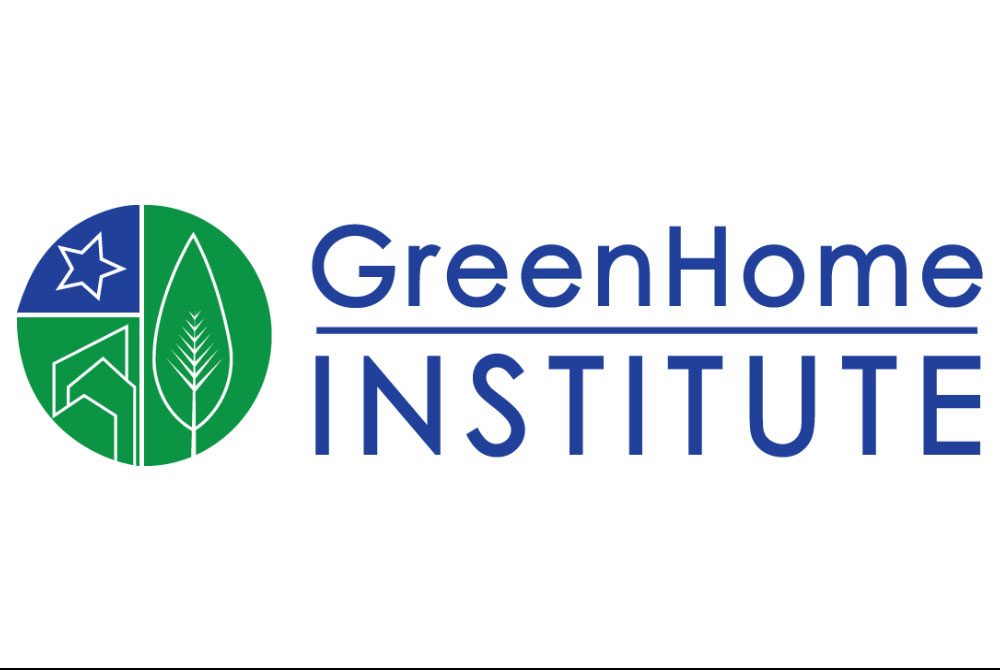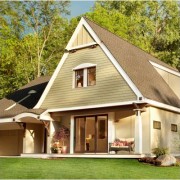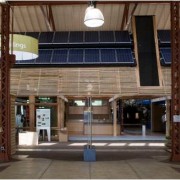The first public comment period is open for LEED for Homes changes that will go into effect in 2012. The comment period closes at the end of this year – Jan 14, 2011. You can download the full version at but as a LEED for Homes Provider, has distilled some of the highlights for you. This information comes from the LEED for Homes Specialty Update given Nov. 19 at Greenbuild 2010.
Implementation Timetable: (all dates approximate)
First Public Comment: NOW through Jan 14., 2011 download and comment
Second Public Comment: July 1 – Aug 15, 2011 (tentative schedule)
Revisions released for balloting: August 2012
Implementation: Nov 2012
Note: In addition to the public comment periods, ongoing feedback can be given online via the Stakeholder forum at LEEDuser.com
Let’s go through the major changes section by section. It may be helpful to first download the LEED for Homes 2012 Scorecard
IMPORTANT NOTE: The first comment period is for feedback on the concepts – there are no point values assigned until after the first comment period. Point values (indicating areas of emphasis) will be assigned and released in the second comment period in July 2011.
Overall Program Changes
- LEED for Homes 2012 is designed to balance the need to move forward with the realistic capacity of the market to adopt and implement the changes.
- LEED is designed to move the industry forward and will always be above code, as such it will use IECC 2009 as a baseline for energy performance.
- Gone is the 136-point system, LEED for Homes will be normalized on a 100-point scale. Credit weightings will follow other LEED rating systems and align with EPA’s Tool for the Reduction and Assessment of Chemical and Other Environmental Impacts (TRACI)
- LEED for Homes 2012 is more performance-based than prescriptive. There’s even a new “Performance” credit.
- Leverage and possibly integrate the Pilot credit library
- Eliminate many of the “paperwork prerequisites”
- Include regional credits, similar to other LEED rating systems
- Removal of the home size adjuster and durability evaluation as these are included in ENERGY STAR version 3 (ESv3) as described below.
Locations & Transportation (LT) highlights
- Aligned more with LEED for Neighborhood Development
- New credits for VMT metrics such as community connectivity, location to jobs
- Evaluating best indicators and tools that combine numerous credits, such as walkscore.com as alternate compliance paths
Energy & Atmosphere (EA) highlights
- New combined point floor (minimum) between EA and LL to make the point that housing and transportation energy are increasingly intertwined as part of housing affordability
- Linked to ESv3 protocol as a prerequisite
- ESv3 must exceed IECC 2009
- HERS score minimums will vary based on climate, typically 76 – 78 will be minimum
- ESv3 has new HVAC installer checklist
- ESv3 has new water management checklist (replacing LEED-H durability checklist)
- Includes a home size adjustment (replacing LEED-H home size adjustment)
- Change from the HERS rating to an absolute energy metric, representing the maximum amount of energy a home can use. This will:
- Better reward component improvement and design decisions
- Factor in permanently installed plug loads not figured into a HERS rating such as driveway /swimming pool / spa heating, permanently installed appliances, and more.
- Large homes will no longer be able to “buy” their way into a lower HERS rating with solar photovoltaic / wind energy systems. The home must have equal or lower heating, cooling and domestic water heating.
- Allows a more clear comparison between New construction and Existing construction.
- This represents a mind-shift in the way that USGBC wants the industry to think about residential energy, focusing on total energy consumed, for example, on a BTU per square foot basis. (which works better with LEED homes also pursuing Passive House). For more details on this metric, look at the end of the proposed LEED for Homes rating system under Glossary. The “LEED MmBTu Metric” definition provides additional information.
- Credit for a solar-ready design (adding active solar thermal or PV later)
Indoor Environmental Quality (IEQ) highlights
- ASHRAE 62.2 still a requirement
- New credit for low-emitting products
- Any multi-family building required to be compartmentalized
- Smoking prohibited in all common areas, credit for banning smoking throughout MFU buildings
Water Efficiency (WE) highlights
- All irrigation credits now located here (no longer split with sustainable sites)
- New indoor water calculation with prescriptive options provides an opportunity for exemplary performance
- Multi-family buildings required to have water submetering
- Performance testing via Watersense for Homes an option
Materials and Resources (MR) highlights
- Eliminate credit for factory framing – must be advanced framing either on-site or off-site.
- Credit for designing for ADA adaptability.
- Significant changes to MR 2.2. – items that can earn EPP credit are minimized to just the major building components.
View the LEED for Homes 2012 Scorecard
LEED for Homes 2012 offers a number of changes to the rating system, and LEED will continue to help set the standard on what it means to design and build a third-party verified green home. Download and comment on the new LEED for Homes 2012 proposed changes.




